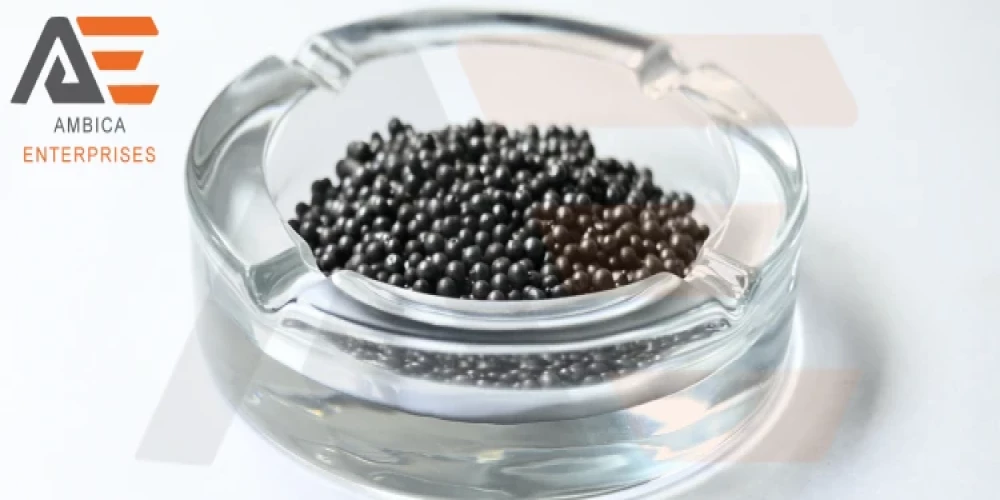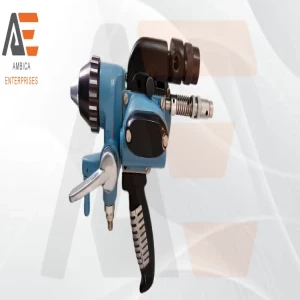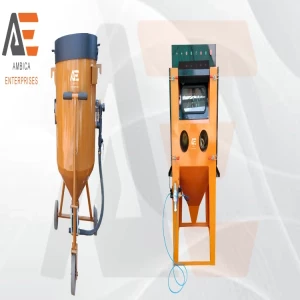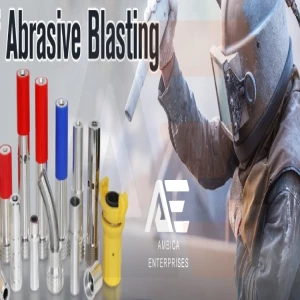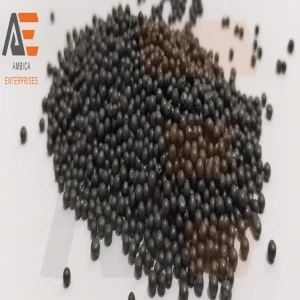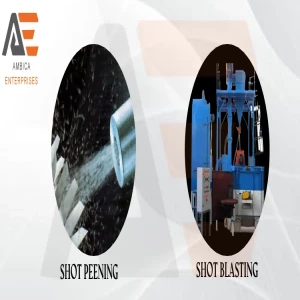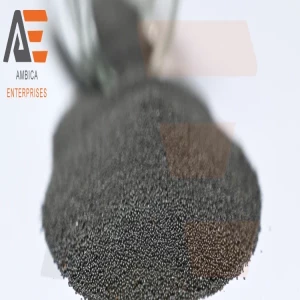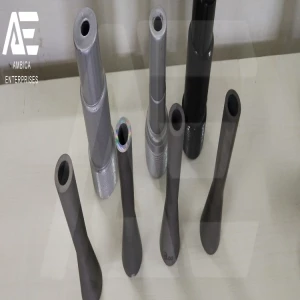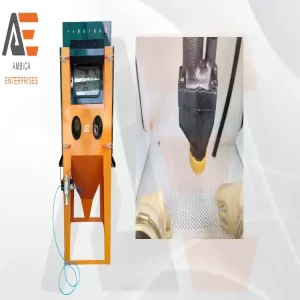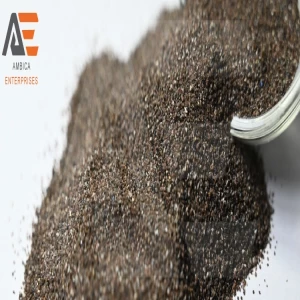Steel shot is a type of abrasive material that is used in a wide range of applications, such as surface preparation, cleaning, and surface finishing. It is made by melting high-quality steel and then forming it into small, spherical particles that are used to remove contaminants, coatings, and other materials from a surface.
In this article, we will discuss how steel shot works and its various applications in detail. We will also look at the different types of steel shot and their properties, as well as some of the benefits and limitations of using this abrasive material.
How Does Steel Shot Work?
Steel shots is used in a process known as shot blasting, where it is propelled at a high velocity towards a surface using compressed air or centrifugal force. As the steel shot impacts the surface, it dislodges and removes any contaminants or coatings that are present.
The impact of the steel shots also causes the surface of the material to be cleaned to become rougher, which is important for certain applications such as painting or bonding. The roughness provides a better surface area for the coating or adhesive to adhere to, resulting in a stronger bond or finish.
The size and hardness of the steel shot particles play a crucial role in the shot blasting process. Smaller particles are used for lighter applications, such as cleaning delicate surfaces, while larger particles are used for heavier applications, such as removing thick coatings or scale.
Hardness is also an important factor in determining the effectiveness of steel shot. The harder the steel shot particles, the more effective they are at removing hard coatings or materials. However, harder particles also tend to cause more wear and tear on the equipment and can create more dust during the shot blasting process.
Types of Steel Shot
There are several different types of steel shots available, each with its own unique properties and benefits. These include:
-
Cast Steel Shot: This is the most common type of steel shots, and it is made by melting high-quality steel and then forming it into small, spherical particles. Cast steel shot is available in a wide range of sizes and hardness levels, making it suitable for a variety of applications.
-
Cut Wire Shot: This type of steel shot is made by cutting steel wire into small, cylindrical particles. Cut wire shot is less durable than cast steel shot, but it is also less expensive and can be used in applications where a less aggressive cleaning process is required.
-
Stainless Steel Shot: This type of steel shot is made from stainless steel, which makes it resistant to corrosion and rust. Stainless steel shot is used primarily in applications where cleanliness is essential, such as in the food or medical industries.
- Aluminum Shot: This type of shot is made from aluminum, and it is used primarily in applications where the material being blasted is soft or delicate, such as wood or plastic.
Benefits of Using Steel Shot
There are several benefits to using steel shot as an abrasive material, including
- Cost-effective: Steel shot is a cost-effective abrasive material, as it can be reused multiple times before it needs to be replaced.
- Consistent results: Steel shot provides consistent results, as the size and hardness of the particles can be controlled to achieve the desired surface finish.
- Environmentally friendly: Steel shot is an environmentally friendly abrasive material, as it can be recycled and reused.
- Versatile: Steel shots can be used for a wide range of applications, including surface preparation, cleaning, and surface finishing.
Limitations of Using Steel Shot
There are also some limitations to using steel shot as an abrasive material, including:
- Dust creation: Steel shot can create a significant amount of dust during the shot blasting process, which can be a health hazard if not properly controlled.
- Equipment wear: Steel shot can cause significant wear and tear on shot blasting equipment, which can result in costly repairs or replacement.
- Noise pollution: The shot blasting process can be quite noisy, which can be a concern in certain environments.
- Surface damage: Steel shot can cause damage to certain types of surfaces, particularly those that are soft or delicate.
How to Choose the Best Steel Shot
When choosing the best steel shot for a particular application, there are several factors to consider, including:
- Size: The size of the steel shot particles will determine the aggressiveness of the shot blasting process. Smaller particles are less aggressive, while larger particles are more aggressive. It is important to choose the right size for the specific application.
- Hardness: The hardness of the steel shot particles will also impact the effectiveness of the shot blasting process. Harder particles are more effective at removing hard coatings or materials, but they can also cause more wear and tear on the equipment and create more dust.
- Material: The material being blasted will also impact the choice of steel shot. Different materials may require different types of steel shot, such as softer aluminum shot for delicate surfaces.
- Equipment: The type of shot blasting equipment being used will also impact the choice of steel shot. Some equipment may require a certain size or type of steel shot to function properly.
Conclusion
Steel shot is a versatile and cost-effective abrasive material that is used in a wide range of applications, from surface preparation to cleaning and surface finishing. Understanding how steel shot works and its various properties and benefits is important when choosing the best type of steel shot for a particular application.
You can have a search of google for Best Steel shots , even the suppliers are available on telegram channel also ,
See this telegram channel :- https://t.me/s/steelshots
It is also important to consider the limitations of using steel shot, such as dust creation, equipment wear, and surface damage. By carefully choosing the right size, hardness, and material of steel shot, and by taking appropriate safety precautions during the shot blasting process, it is possible to achieve high-quality and consistent results while minimizing the impact on the environment and equipment.

